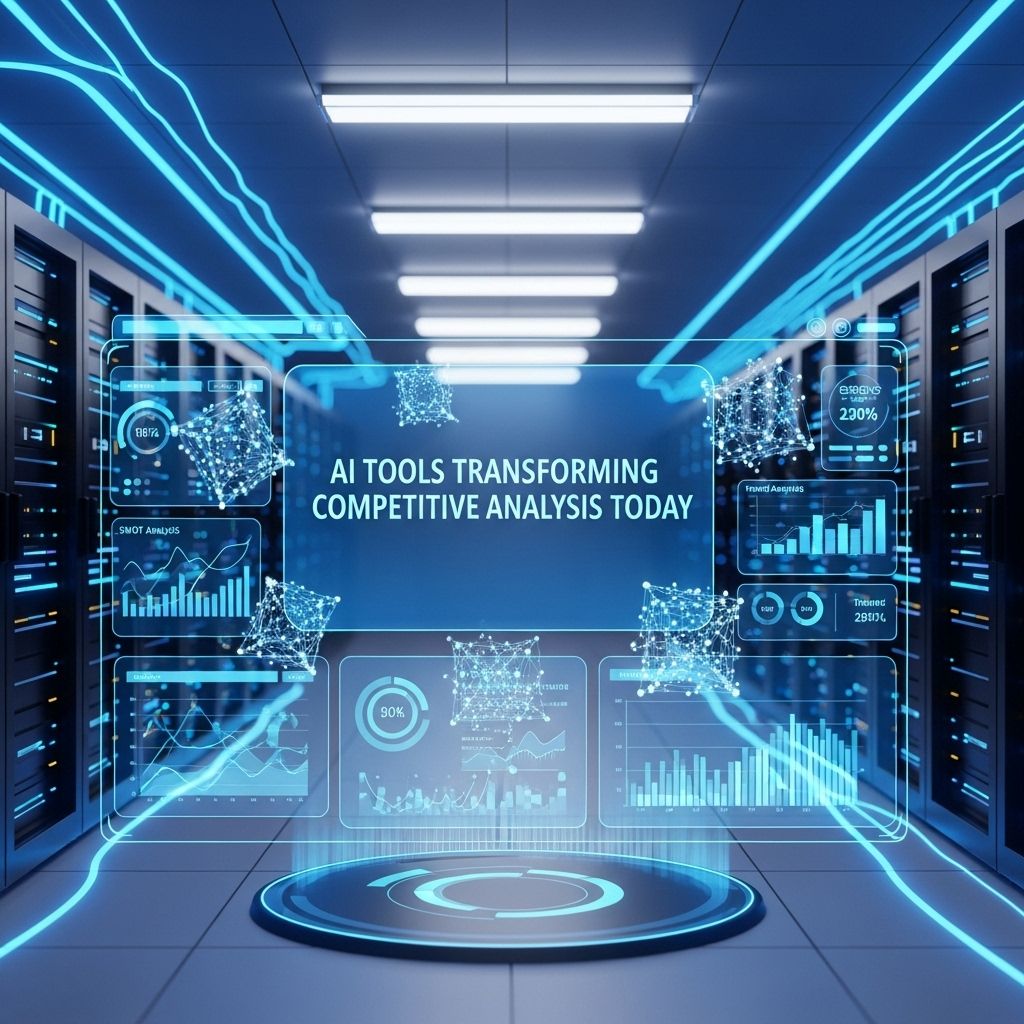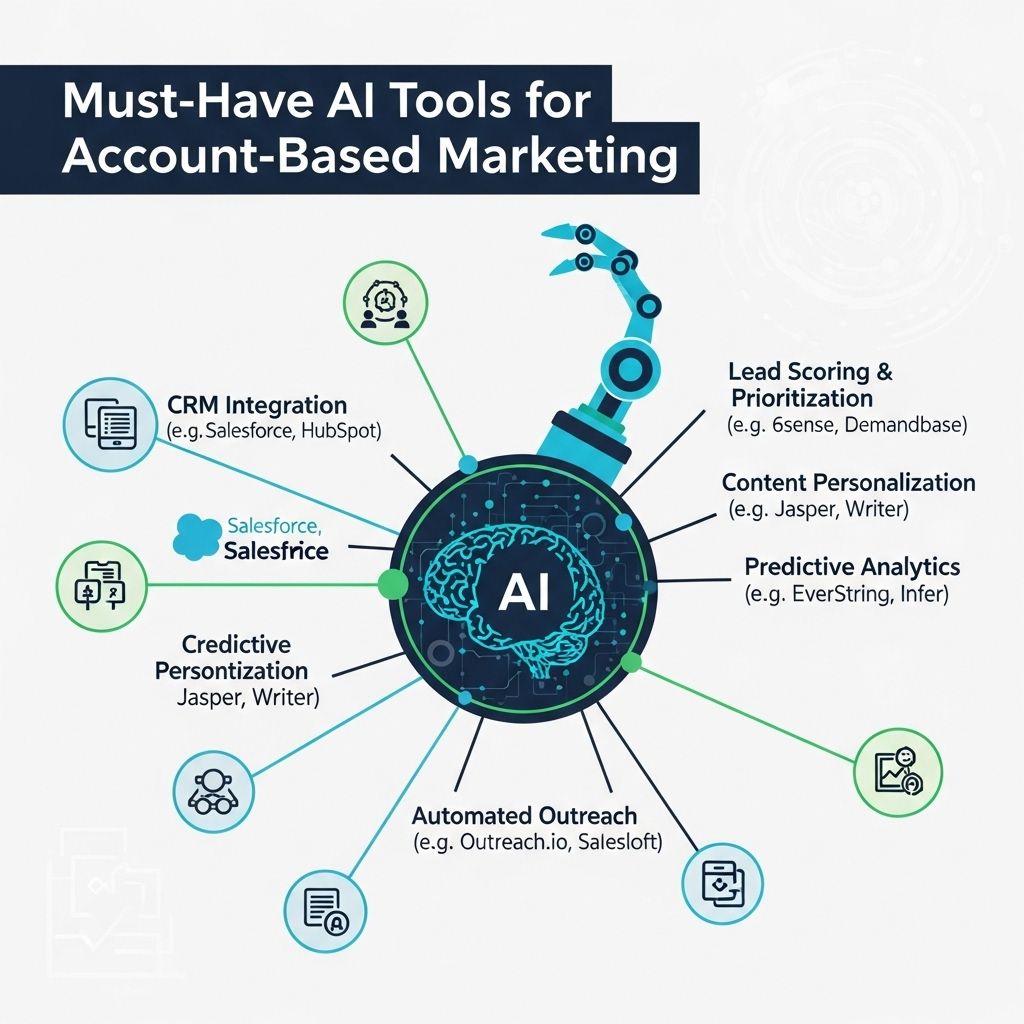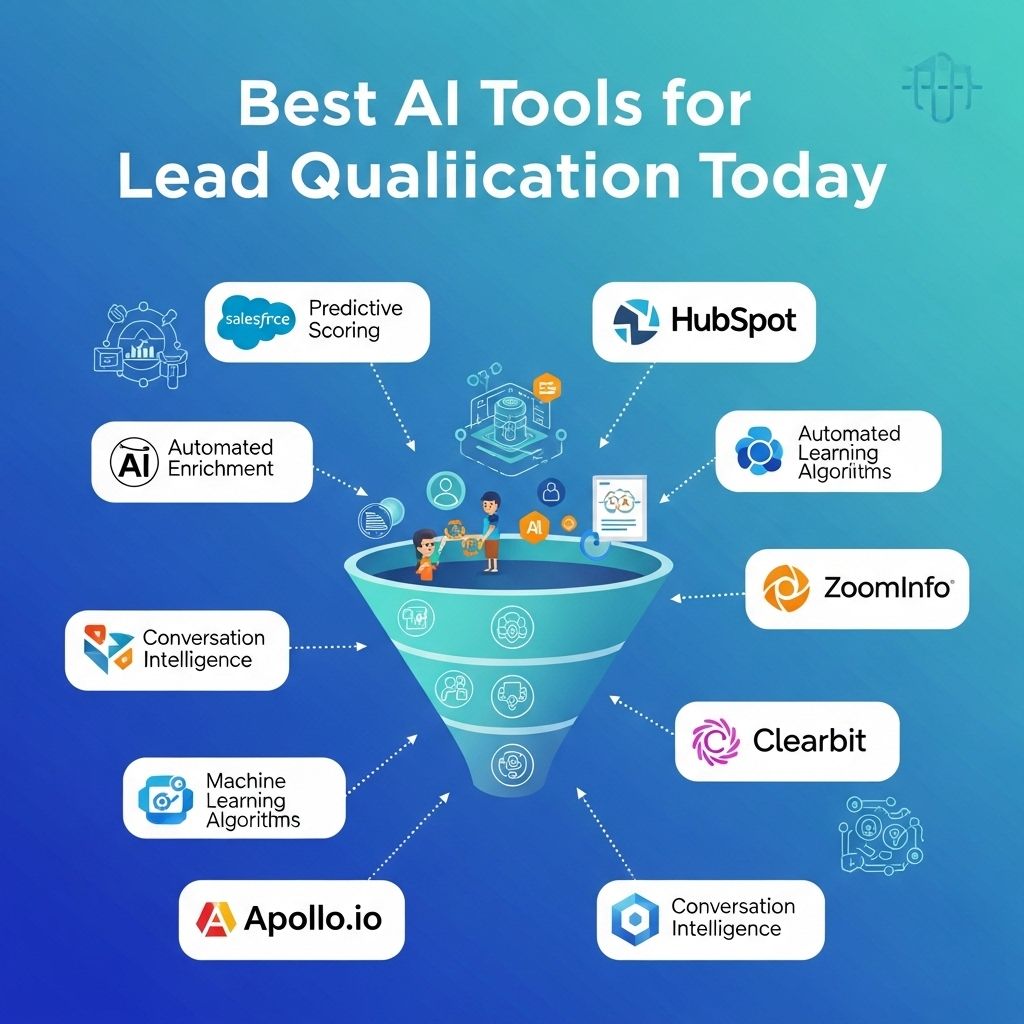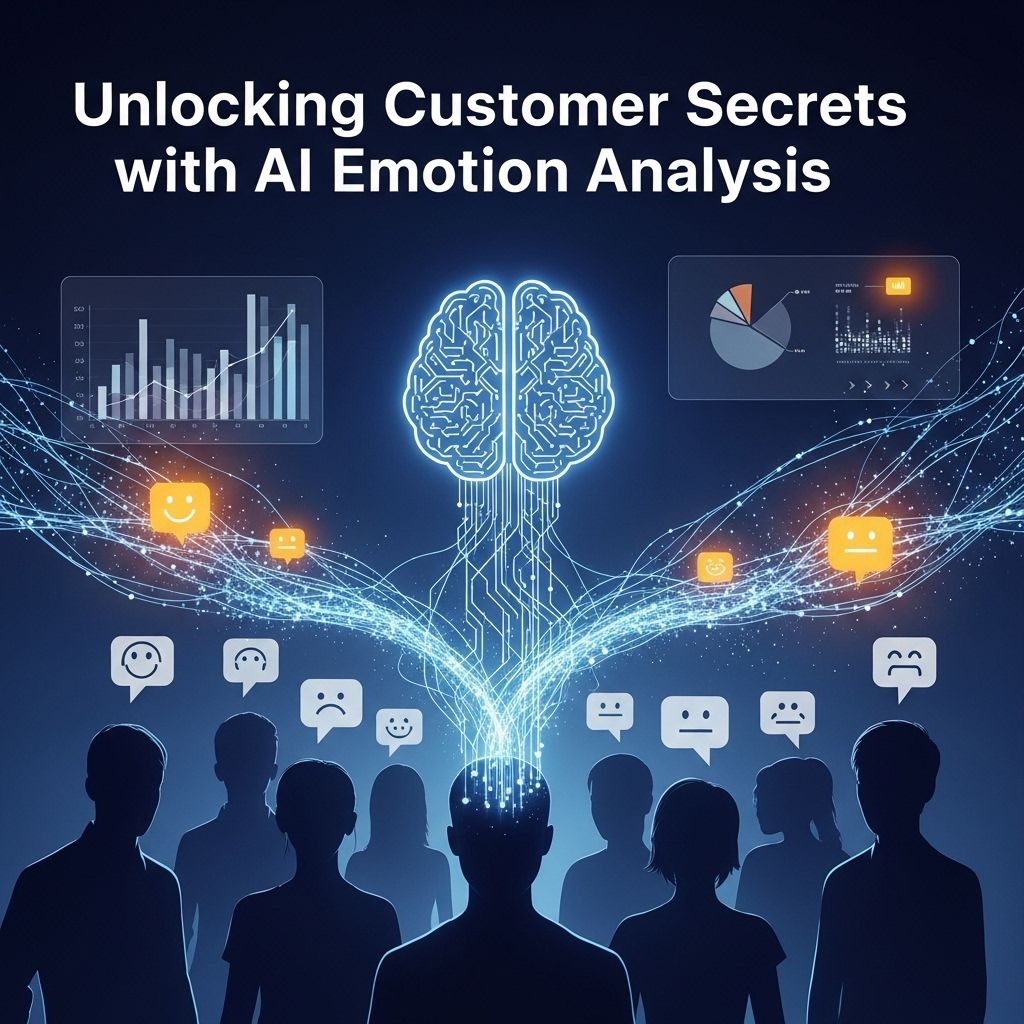How AI Tools Are Revolutionizing Competitive Analysis
Discover how AI tools are transforming competitive analysis, enhancing insights, and driving business strategy in today's fast-paced market.

In the rapidly evolving landscape of business, competitive analysis has become an essential component for organizations looking to maintain an edge. The advent of artificial intelligence (AI) has transformed traditional methods of competitive analysis, providing deeper insights and enhancing the decision-making process. This article explores how AI tools are revolutionizing the field of competitive analysis, the benefits they offer, and the various tools available that can help businesses stay ahead.
Table of Contents
The Shifting Paradigm of Competitive Analysis
Traditionally, competitive analysis involved gathering data manually through market research, surveys, and analyzing competitors’ strategies. This process was often time-consuming and prone to human error. However, with the integration of AI, businesses can leverage vast amounts of data to analyze competitors more efficiently and effectively.
Understanding Competitive Intelligence
Competitive intelligence (CI) refers to the process of collecting and analyzing information about competitors to inform strategic decisions. AI plays a pivotal role in enhancing CI by:
- Automating data collection from multiple sources.
- Providing real-time insights through advanced analytics.
- Identifying trends and patterns that may not be visible through manual analysis.
Benefits of AI-Powered Competitive Analysis
Utilizing AI tools for competitive analysis offers numerous advantages:
- Speed: AI algorithms can process and analyze data at unprecedented speeds, allowing businesses to obtain insights almost instantaneously.
- Accuracy: Machine learning models can minimize errors that arise from human analysis, delivering more reliable results.
- Scalability: AI tools can analyze vast datasets and adapt to changing market conditions without the need for significant additional resources.
- Predictive Analytics: AI can uncover trends and predict future behavior based on historical data, enabling proactive strategy formulation.
Key Features of AI Tools for Competitive Analysis
When selecting AI tools for competitive analysis, it is crucial to look for features that enhance their utility:
| Feature | Description |
|---|---|
| Data Integration | Ability to pull data from various sources, including social media, news sites, and company websites. |
| Natural Language Processing | Analyzes textual data to extract insights from articles, reviews, and reports. |
| Sentiment Analysis | Evaluates public opinion about a brand or product through social media posts and reviews. |
| Benchmarking Tools | Compares performance metrics against competitors for better strategic alignment. |
Popular AI Tools for Competitive Analysis
The market is flooded with AI tools designed to support competitive analysis. Here are some of the most effective tools currently available:
1. Crayon
Crayon is a market intelligence platform that gathers data on competitors’ products, pricing, and marketing strategies. Its AI capabilities provide businesses with timely updates and insights, enabling them to adapt quickly.
2. SEMrush
Primarily known as an SEO tool, SEMrush also offers features for competitive analysis, including traffic estimates, keyword rankings, and backlink profiles. Its AI-driven suggestions help refine marketing strategies.
3. Owler
Owler is a competitive research tool that allows users to track competitors’ activities, revenue, and funding rounds. Its community-driven insights provide a unique perspective on industry movements.
4. SimilarWeb
SimilarWeb provides insights into website traffic, user engagement, and digital marketing strategies. Its AI-based analysis helps businesses understand their online presence relative to competitors.
5. Brandwatch
Brandwatch focuses on social media and online reputation management. Its AI-driven analytics help brands monitor sentiment and engagement, providing a comprehensive view of market positioning.
Implementing AI in Competitive Analysis
To effectively implement AI tools in competitive analysis, businesses should follow these steps:
- Define Objectives: Clearly outline the goals of competitive analysis to ensure that the chosen tools align with strategic needs.
- Select the Right Tools: Assess various AI tools based on features, pricing, and user reviews to select the best fit.
- Train Your Team: Provide training for staff to maximize the use of AI tools and ensure they are fully integrated into the analysis process.
- Continuous Monitoring: Regularly review and adjust the use of AI tools to adapt to changing market conditions and business needs.
Challenges of AI in Competitive Analysis
Despite the numerous advantages, incorporating AI into competitive analysis is not without challenges:
- Data Privacy Concerns: Organizations must navigate regulations regarding data privacy, especially when collecting information from public domains.
- Over-reliance on Automation: While AI tools can enhance analysis, they should not replace human judgment entirely.
- Cost of Implementation: Some high-end AI tools can be costly, potentially posing a barrier for smaller businesses.
Future Trends in AI-Driven Competitive Analysis
The future of competitive analysis with AI holds several exciting trends:
- Enhanced Machine Learning: Expect advancements in machine learning algorithms that will yield even more accurate predictions and insights.
- Real-Time Analytics: The capability for instant analysis will continue to improve, making competitive analysis a more dynamic process.
- Increased Personalization: AI will allow businesses to tailor their competitive strategies to specific audience segments based on detailed insights.
Conclusion
The integration of AI tools into competitive analysis is not just a trend but a critical evolution in how businesses understand and respond to their competitive landscape. By leveraging the power of AI, organizations can gain profound insights, enhance their strategies, and ultimately achieve better business outcomes. As technology continues to advance, staying informed about the latest tools and best practices will be essential for maintaining a competitive edge in the market.
FAQ
What are AI tools for competitive analysis?
AI tools for competitive analysis are software applications that leverage artificial intelligence to collect, analyze, and interpret data about competitors, market trends, and customer behaviors.
How do AI tools enhance competitive analysis?
AI tools enhance competitive analysis by automating data collection, providing predictive insights, and enabling real-time monitoring of competitors’ activities.
What benefits do AI-driven competitive analysis provide?
AI-driven competitive analysis provides benefits such as increased efficiency, deeper insights, improved decision-making, and the ability to identify emerging market trends quickly.
Can AI tools replace traditional competitive analysis methods?
While AI tools significantly enhance traditional methods, they are best used in conjunction with human expertise to ensure comprehensive analysis and actionable strategies.
What types of data can AI tools analyze for competitive insights?
AI tools can analyze various types of data, including web traffic, social media engagement, customer reviews, pricing strategies, and market share metrics.
How can businesses implement AI tools for competitive analysis?
Businesses can implement AI tools for competitive analysis by selecting the right software, integrating it with their existing systems, and training their teams to utilize the insights effectively.







